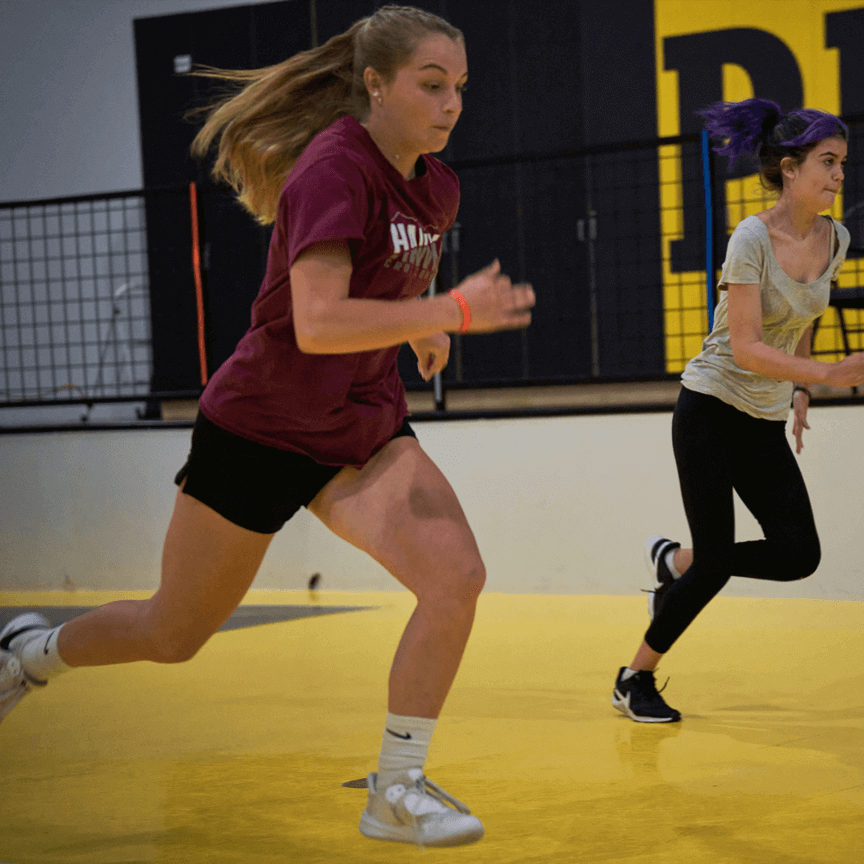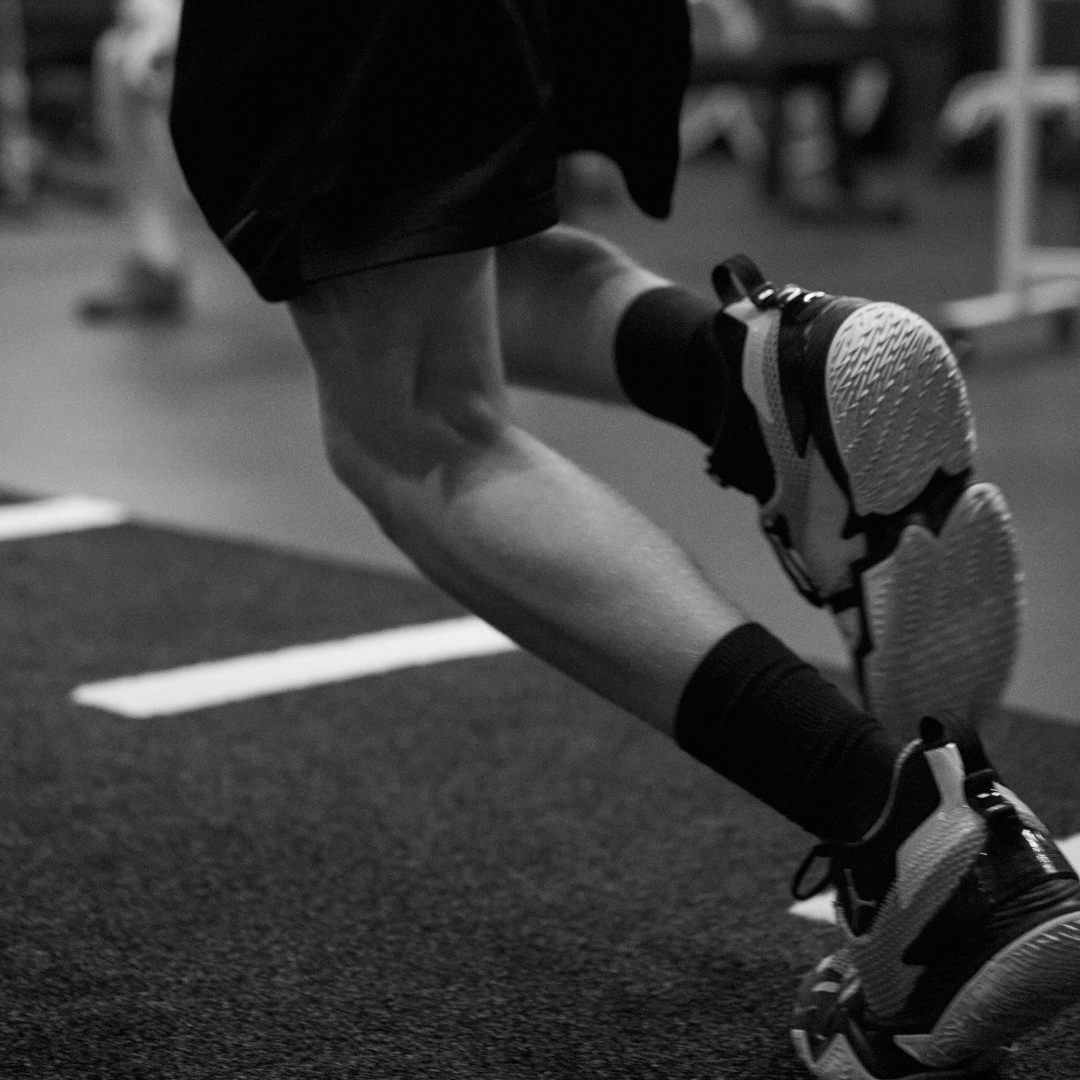Physical Therapy For Foot And Ankle Pain Relief
Our Thornton, CO sports physical therapists are equipped to treat any foot or ankle condition you may be experiencing, whether it is acute or chronic. We will conduct a comprehensive evaluation to figure out where your pain is originating, and then we will design an individualized treatment program based on your sport and specific goals.

With an acute or recent injury, typically, we recommend beginning an active recovery right away. The old adage of icing a brand new injury to reduce the swelling is no longer a current practice. Because our bodies heal by bringing blood flow to an area, the blood vessel constriction caused by ice and cold compresses actually slows healing down. We only recommend that clients use ice as needed for pain relief, but not for extended periods of time. For best outcomes, we recommend that you begin physical therapy as quickly as possible. We begin with conservative, gentle treatments to reduce pain and restore range of motion (ROM) and then progress your exercises as tolerated.
With an acute or recent injury, typically, we recommend beginning an active recovery right away. The old adage of icing a brand new injury to reduce the swelling is no longer a current practice. Because our bodies heal by bringing blood flow to an area, the blood vessel constriction caused by ice and cold compresses actually slows healing down. We only recommend that clients use ice as needed for pain relief, but not for extended periods of time. For best outcomes, we recommend that you begin physical therapy as quickly as possible. We begin with conservative, gentle treatments to reduce pain and restore range of motion (ROM) and then progress your exercises as tolerated.
If you have chronic pain, your treatment plan will start with specialized and targeted techniques, as the pain has become progressive. These techniques will include targeted strengthening and stretching exercises in order to normalize function in the foot and ankle muscles, improve balance, and restore joint mobility. Depending on your unique case, personalized blood flow restriction (P-BFR) training, functional dry needling, kinesiotaping, or IASTM may be appropriate.
Your sports physical therapist may also recommend temporary lifestyle changes like crutches or splints in order to ease your pain, and prevent more problems from occurring in the future. Once pain levels have reduced, your sports physical therapist will help take you from basic rehab exercises to return to sport drills so that you can return to activity and sports with a reduced risk of reinjury.


